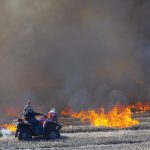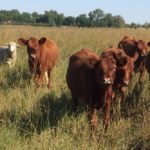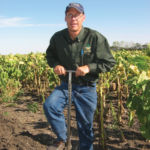Fewer Manitoba farmers grab the lighter when it comes time to deal with stubble. According to Manitoba agriculture meteorology specialist Timi Ojo, that’s for a good reason. “Burning crop residue is actually not cheap,” he said. “It has quite an impact in terms of loss of organic matter. There is increased potential for soil compaction












